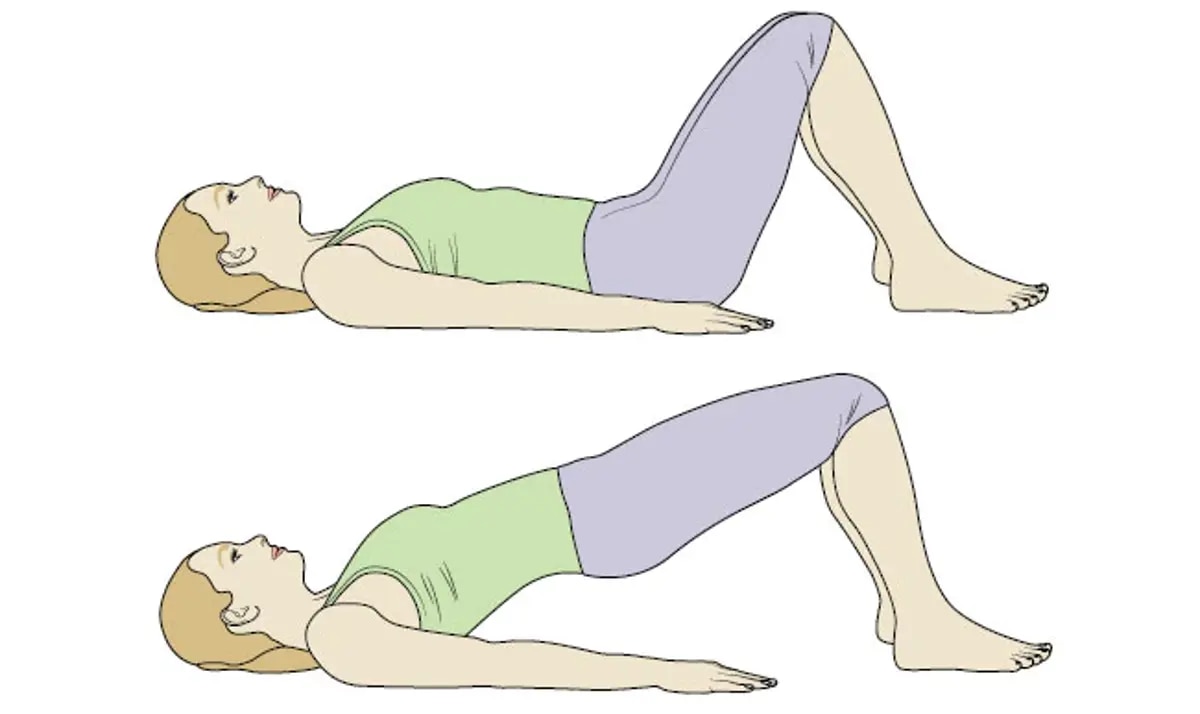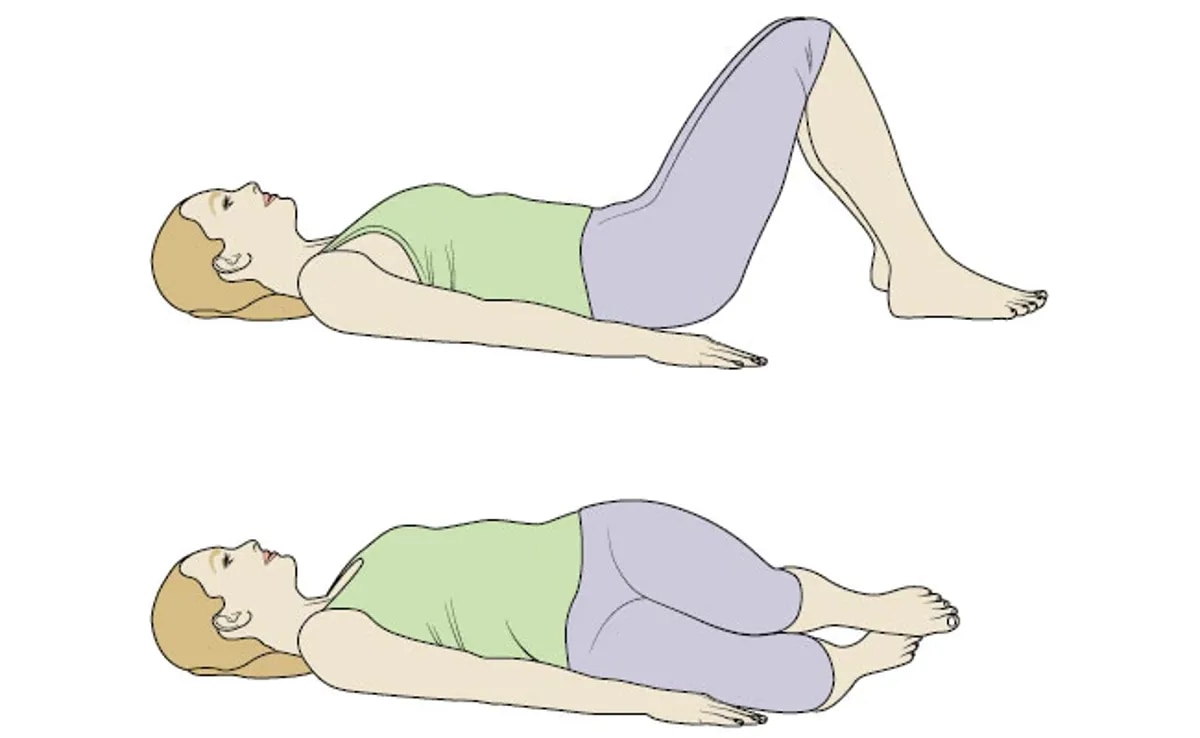What’s the function of your core?
The abdominal muscles, that form the ‘core’ of your body, are extremely important for your everyday movement. You might not think about it, but you use your abdominal muscles when you move and twist, lift things, cough, laugh and sneeze. They sort of act like a corset around your internal organs and spine, helping you keep posture and stand up straight.
That is why you suffer from back pain and other symptoms of bad posture when your abdominal muscles are weakened. This is also the reason why people with an ostomy should put much effort into making their core strong again.
After surgery, your abdominal muscles are weakened due to the incision that is made to create the ostomy. If you do not work hard to rehabilitate those muscles, the pain will linger - and you are more likely to experience other complications such as a hernia or problems getting a tight fit between your body and your ostomy solution.
Before you start
The following exercises are designed to aid your recovery and help restore muscle function in your stomach. They are entry-level exercises that everybody with an ostomy should be able to do. However, if you have any concerns about whether or not you should do the exercises, talk to your ostomy care nurse or surgeon before you start.
Keep track of your progress
One of the great things about exercising is the feeling of being able to do more every time you exercise. By keeping an exercise diary, you can keep track of how many reps you are able to do of each exercise. You will probably be surprised to discover how quickly you get stronger and able to do more.





